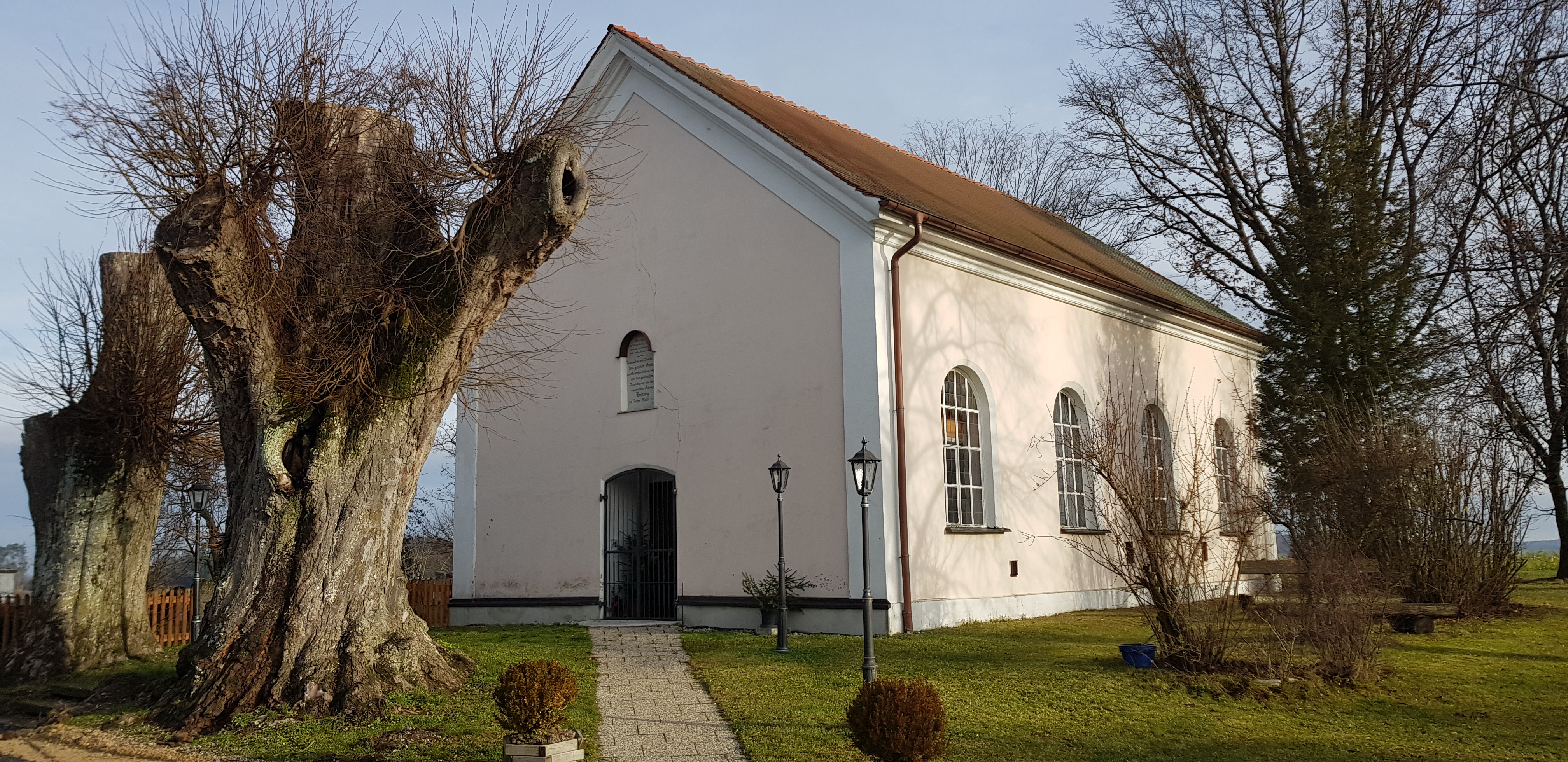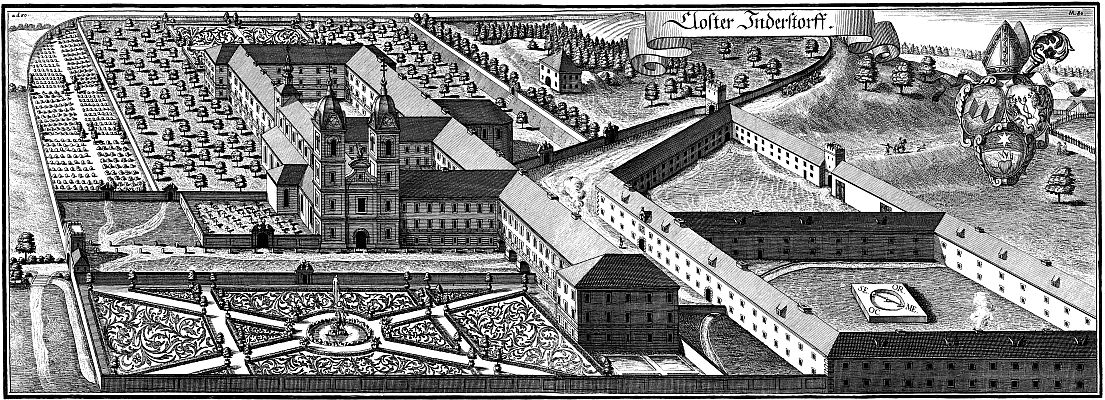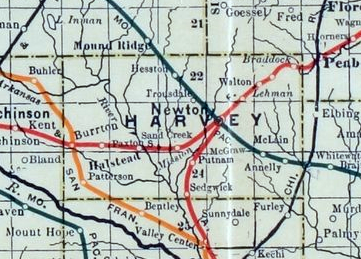|
Eichstock
Eichstock is a village in the community of Markt Indersdorf, in the county of Dachau, Bavaria, Dachau, in Bavaria in Germany. Geography Eichstock is located on a high hill overlooking the villages of Stangenried, Kleinschwabhausen, Wengenhausen and Ainhofen. The village consists of a few houses and barns overlooking large tracks of agricultural fields and a forest to the south. History Eichstock is first mentioned by name in 1305 with the geographical name 'Aychstoechinne'. In 1345 a small settlement was first mentioned by the name of 'Aychstok' or 'Aychstock' (German: ''Eichwald'', forest of oak trees). It was as extension of the community of Kranzberg. By 1783 it became part of the church lands of Indersdorf, (respectively the monastery at Indersdorf). The village began to be settled by the Protestant Mennonites, Mennonite community in the early 19th century, especially after the policy of religious toleration by prince-elector Maximilian I Joseph of Bavaria, Maximillian Jo ... [...More Info...] [...Related Items...] OR: [Wikipedia] [Google] [Baidu] |
Markt Indersdorf
Markt Indersdorf is a municipality in the district of Dachau in Bavaria in Germany. Geography Markt Indersdorf is located on the Glonn River. The Glonn divides the two main towns Markt Indersdorf and Kloster(monastery) Indersdorf. Markt Indersdorf is the largest town in the Dachau hinterland with a central location within the Dachau district. The closest villages are Langenpettenbach, Engelbrechtsmühle, Glonn, Karphofen, Strassbach, and Untermoosmühle. Other villages further out are Ainhofen, Eichstock, Langenpettenbach and Hirtlbach. History The area around Indersdorf has been inhabited by humans for thousands of years. Remains of Celtic/Vindelici structures near Arnzell (between Indersdorf and Altomünster) have been discovered. A Roman road that went from Salzburg to Augsburg passed through a forest south-east of Indersdorf. The road would later be used for oxen/cattle trading in the Middle Ages. The place name "Indersdorf" may refer to the Bavarian name "Undeo" or "Undio" ... [...More Info...] [...Related Items...] OR: [Wikipedia] [Google] [Baidu] |
Petershausen
Petershausen is a municipality in the district of Dachau in Bavaria in Germany. Geography Petershausen is located in the valley of the Glonn with extensive floodplains. Much of the area outside of Petershausen is part of a nature preserve. History The area around Petershausen has been inhabited for centuries by the Celts of the Vindelici tribe. There are burial mounds that date as far back as 1500 BC near Petershausen (Obermarbach). The Romans and early Bavarians also inhabited the area. During Roman occupation, a road from Salzburg to Augsburg passed through Petershausen. Part of this road would be used for oxen/cattle trading during the Middle Ages. The place name 'Petershausen' was first mentioned in a church document 1116 AD, concerning the local church (St. Laurentius). The 'Pertrichhof' in the center of the village was built around 1500 as a tavern and still exists today as a charming 'Wirtshaus'. The town and church were greatly damaged during the Thirty Years War and ... [...More Info...] [...Related Items...] OR: [Wikipedia] [Google] [Baidu] |
Mennonitism In Germany
Mennonites are groups of Anabaptist Christian church communities of denominations. The name is derived from the founder of the movement, Menno Simons (1496–1561) of Friesland. Through his writings about Reformed Christianity during the Radical Reformation, Simons articulated and formalized the teachings of earlier Swiss founders, with the early teachings of the Mennonites founded on the belief in both the mission and ministry of Jesus, which the original Anabaptist followers held with great conviction, despite persecution by various Roman Catholic and Mainline Protestant states. Formal Mennonite beliefs were codified in the Dordrecht Confession of Faith in 1632, which affirmed "the baptism of believers only, the washing of the feet as a symbol of servanthood, church discipline, the shunning of the excommunicated, the non-swearing of oaths, marriage within the same church, strict pacifistic physical nonresistance, anti-Catholicism and in general, more emphasis on "true Chr ... [...More Info...] [...Related Items...] OR: [Wikipedia] [Google] [Baidu] |
Royal Rangers
Assemblies of God youth organizations include two youth organizations operating under the auspices of the Assemblies of God, the Royal Rangers and the Mpact Girls Clubs (formerly known as the Missionettes). Royal Rangers Royal Rangers is an adventure-based, merit-driven, faith-based, church ministry and mentoring program for boys in grades K-12, providing “Christlike character formation and servant leadership development for boys and young men in a highly relational and fun environment". The Royal Rangers program is active throughout the United States as well as in over 90 other nations; consequently, in 2002, 'Royal Rangers International' (RRI) was started. Royal Rangers in the USA is a boys-only program, unless the church does not have a girls ministry program; programs in some other nations allow both boys and girls to participate. The uniforms, mottos, practices and operation are derived from the Boy Scouts. Royal Rangers' Mission is to "evangelize, equip, and empower the n ... [...More Info...] [...Related Items...] OR: [Wikipedia] [Google] [Baidu] |
Evangelicalism
Evangelicalism (), also called evangelical Christianity or evangelical Protestantism, is a worldwide interdenominational movement within Protestant Christianity that affirms the centrality of being " born again", in which an individual experiences personal conversion; the authority of the Bible as God's revelation to humanity (biblical inerrancy); and spreading the Christian message. The word ''evangelical'' comes from the Greek (''euangelion'') word for " good news". Its origins are usually traced to 1738, with various theological streams contributing to its foundation, including Pietism and Radical Pietism, Puritanism, Quakerism, Presbyterianism and Moravianism (in particular its bishop Nicolaus Zinzendorf and his community at Herrnhut).Brian Stiller, ''Evangelicals Around the World: A Global Handbook for the 21st Century'', Thomas Nelson, USA, 2015, pp. 28, 90. Preeminently, John Wesley and other early Methodists were at the root of sparking this new movement during the ... [...More Info...] [...Related Items...] OR: [Wikipedia] [Google] [Baidu] |
Halstead, Kansas
Halstead is a city in Harvey County, Kansas, United States. Halstead was named in honor of Murat Halstead, a respected Civil War correspondent and newspaper editor. As of the 2020 census, the population of the city was 2,179. History For millennia, the land now known as Kansas was inhabited by Native Americans. In 1803, most of modern Kansas was secured by the United States as part of the Louisiana Purchase. In 1854, the Kansas Territory was organized, then in 1861 Kansas became the 34th U.S. state. In 1872, Harvey County was founded. Halstead was laid out in 1873. The first post office at Halstead was established in April 1873. Halstead was incorporated as a city in 1877. Arthur Hertzler, the "Horse-and-Buggy Doctor," devoted much of his life and energies to the medical environment of Halstead, founding a clinic and hospital for the area residents. Geography Halstead is located at coordinates 38.0014004, -97.5086518 in the state of Kansas. According to the United ... [...More Info...] [...Related Items...] OR: [Wikipedia] [Google] [Baidu] |
Ludwig I Of Bavaria
en, Louis Charles Augustus , image = Joseph Karl Stieler - King Ludwig I in his Coronation Robes - WGA21796.jpg , caption = Portrait by Joseph Stieler, 1825 , succession=King of Bavaria , reign = , coronation = , predecessor = Maximilian I Joseph , successor = Maximilian II , birth_name = , birth_date = , birth_place =Strasbourg, Kingdom of France , death_date = , death_place =Nice, Second French Empire , spouse =Therese of Saxe-Hildburghausen , issue =Maximilian II of Bavaria Mathilde Caroline, Grand Duchess of Hesse and by RhineOtto of GreecePrincess TheodelindeLuitpold, Prince Regent of Bavaria Adelgunde, Duchess of Modena Archduchess Hildegard of Austria Princess Alexandra Prince Adalbert , house =Wittelsbach , father =Maximilian I Joseph of Bavaria , mother =Princess Augusta Wilhelmine of Hesse-Darmstadt , religion =Roman Catholicism , burial_place ... [...More Info...] [...Related Items...] OR: [Wikipedia] [Google] [Baidu] |
Palatinate (region)
The Palatinate (german: Pfalz; Palatine German: ''Palz'') is a region of Germany. In the Middle Ages it was known as the Rhenish Palatinate (''Rheinpfalz'') and Lower Palatinate (''Unterpfalz''), which strictly speaking designated only the western part of the Electorate of the Palatinate (''Kurfürstentum Pfalz''), as opposed to the Upper Palatinate (''Oberpfalz''). It occupies roughly the southernmost quarter of the German federal state of Rhineland-Palatinate (''Rheinland-Pfalz''), covering an area of with about 1.4 million inhabitants. Its residents are known as Palatines (''Pfälzer''). Geography The Palatinate borders Saarland in the west, historically also comprising the state's Saarpfalz District. In the northwest, the Hunsrück mountain range forms the border with the Rhineland region. The eastern border with Hesse and the Baden region runs along the Upper Rhine river, while the left bank, with Mainz and Worms as well as the Selz basin around Alzey, belong to th ... [...More Info...] [...Related Items...] OR: [Wikipedia] [Google] [Baidu] |
Dachau, Bavaria
Dachau () is a Town#Germany, town in the Upper Bavaria district of Bavaria, a state in the southern part of Germany. It is a major district town—a ''Große Kreisstadt''—of the Regierungsbezirk, administrative region of Upper Bavaria, about north-west of Munich. It is now a popular residential area for people working in Munich, with roughly 45,000 inhabitants. The historic centre of town with its 18th-century castle is situated on an elevation and visible over a great distance. Dachau was founded in the 9th century. It was home to many artists during the late 19th and early 20th centuries; well-known author and editor Ludwig Thoma lived here for two years. The town is known for its proximity to the Dachau concentration camp, operated by Nazi Germany between 1933 and 1945, in which tens of thousands of prisoners died. Etymology The origin of the name is not known, it possibly originated with the Celts who lived there before the Germans came. An alternative idea is that it ... [...More Info...] [...Related Items...] OR: [Wikipedia] [Google] [Baidu] |
Maximilian I Joseph Of Bavaria
Maximilian I Joseph (german: Maximilian I. Joseph; 27 May 1756 – 13 October 1825) was Duke of Zweibrücken from 1795 to 1799, prince-elector of Bavaria (as Maximilian IV Joseph) from 1799 to 1806, then King of Bavaria (as Maximilian I Joseph) from 1806 to 1825. He was a member of the House of Palatinate-Birkenfeld-Zweibrücken, a branch of the House of Wittelsbach. Early life Maximilian, the son of the Count Palatine Frederick Michael of Zweibrücken-Birkenfeld and Maria Francisca of Sulzbach, was born on 27 May 1756 at Schwetzingen, between Heidelberg and Mannheim. After the death of his father in 1767, he was left at first without parental supervision, since his mother had been banished from her husband's court after giving birth to a son fathered by an actor. Maximilian was carefully educated under the supervision of his uncle, Duke Christian IV of Zweibrücken, who settled him in the Hôtel des Deux-Ponts. He became Count of Rappoltstein in 1776 and took service in 17 ... [...More Info...] [...Related Items...] OR: [Wikipedia] [Google] [Baidu] |




.jpg)

